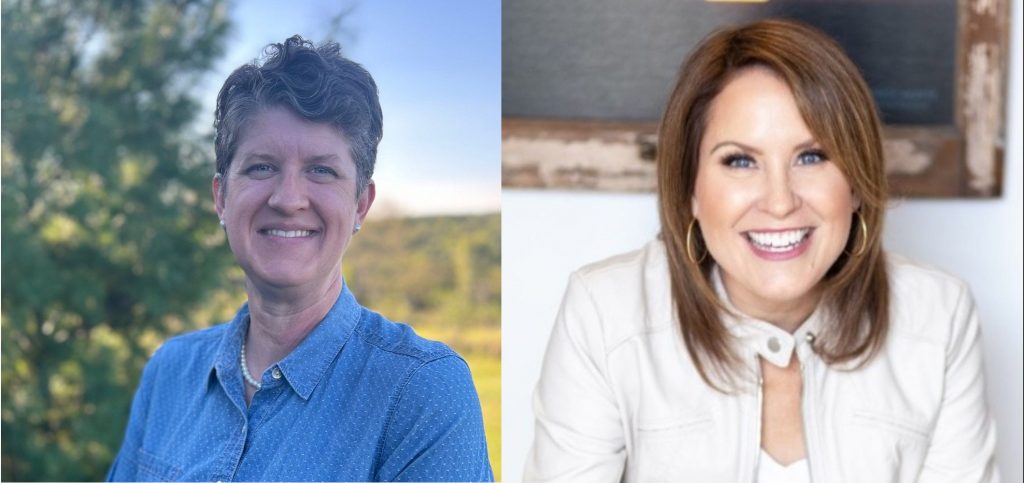What Exactly Does The Department of Public Instruction Do?
The Underly-Kinser race has brought great attention to a department few understand.

Incumbent Jill Underly (left) and challenger Brittany Kinser are running for Superintendent of Public Instruction in the April 1, 2025 election. Photos courtesy of the candidates
Wisconsin voters will head to the polls on April 1 and choose who will lead the state Department of Public Instruction.
Incumbent State Superintendent Jill Underly has held the position since 2021.
Challenger Brittany Kinser is an educational consultant and the former president of City Forward Collective, a Milwaukee nonprofit focused on charter and voucher schools.
The state Department of Public Instruction sets the direction of public education in Wisconsin. Here’s what the agency and the state superintendent do.
Why was the Department of Public Instruction created?
Article X of the Wisconsin Constitution requires that the Legislature create school districts “as nearly uniform as possible.”
To fulfill this constitutional requirement, there are 20 educational standards to be met that focus on children and ensuring Wisconsin youth have opportunities for high quality education. These include making sure teachers in public schools have licenses and setting standards for things like professional development, physical education, art and music, kindergarten, and hours of instruction.
Besides issuing teacher licenses, what does DPI do?
DPI has more than 500 employees who work in several divisions. The department is responsible for the following:
- All of the school libraries and public libraries in Wisconsin.
- Administering state and federal grants to schools.
- The United States Department of Agriculture food and nutrition program, the school lunch program and the Child and Adult Care Food Program.
- Special education services.
- Academic programming.
- Administering Title I funding, which is federal aid to help schools with high concentrations of low-income students to provide quality education.
What about setting testing benchmarks?
The state superintendent is tasked by the Legislature to create academic standards and learning targets.
The federal government requires standardized testing. In Wisconsin, students take the Forward exam every year in third through eighth grade, and one test in high school.
According to DPI, standards are regularly evaluated and updated.
In June 2024, DPI announced an update to the Forward exam and corresponding performance level standards and “cut scores.”
Underly has been under attack for months since the standards have been changed. She has stood by the changes, saying the new standards better reflect where children are in their learning.
But last week, Republicans sent a bill to the governor’s desk that would reset the way Wisconsin measures standardized test scores.
Here’s what to know about Wisconsin’s new school testing standards
What doesn’t DPI do?
The agency does not make local decisions about how public education works.
Wisconsin has 421 school districts. Each district has a superintendent and elected school board. As a local control state, individual school districts make decisions about curriculum, discipline, school closings, staffing and facilities planning.
What is the job of the state superintendent?
Unlike the head of the Department of Health Services, Department of Corrections or any other state agency where the head is appointed by the governor, the state superintendent is a nonpartisan elected office.
The superintendent is in charge of the day-to-day operations of the department and also responsible for making sure all of the statutory duties are being met.
Instead of being accountable to the governor, the secretary is accountable to the people who elected them.
The current salary for the position is $132,351.
Voters will decide the next state superintendent April 1. What does the Department of Public Instruction do? was originally published by Wisconsin Public Radio.
If you think stories like this are important, become a member of Urban Milwaukee and help support real, independent journalism. Plus you get some cool added benefits.




















